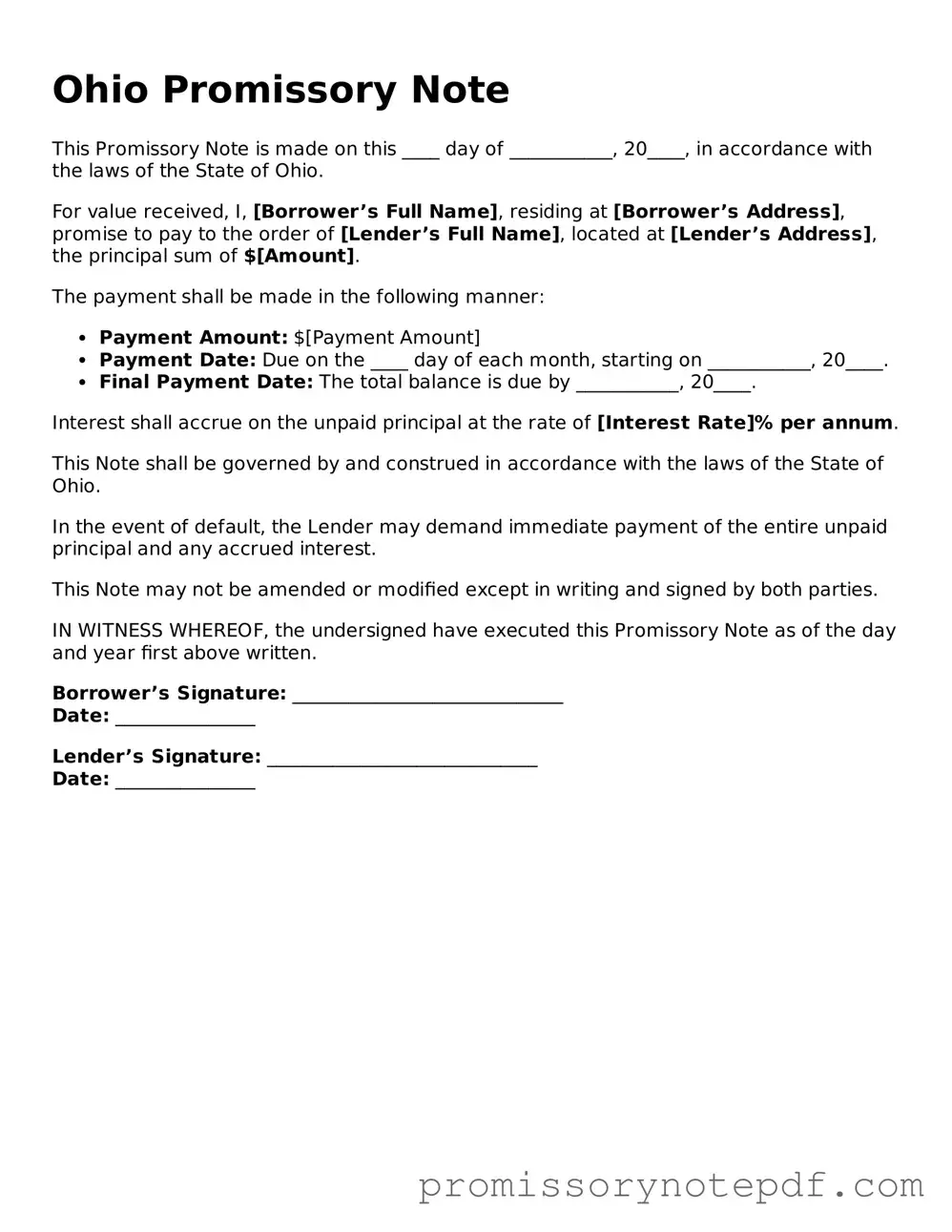A loan agreement is a formal contract between a borrower and a lender. Like a promissory note, it outlines the terms of the loan, including the amount borrowed, interest rates, and repayment schedules. However, a loan agreement often includes more detailed provisions, such as collateral requirements and default consequences. This additional detail makes loan agreements a more comprehensive document compared to a simple promissory note.
A mortgage is another document that shares similarities with a promissory note. While a promissory note is a promise to repay a loan, a mortgage secures that loan with real property. In essence, a mortgage is a legal claim against a property that allows the lender to take possession if the borrower defaults. Both documents involve borrowing money, but the mortgage adds a layer of security for the lender.
A personal guarantee is often used in business transactions and is similar to a promissory note in that it represents a commitment to repay a debt. However, a personal guarantee is a promise made by an individual to repay a loan if the business fails to do so. This document provides an extra layer of assurance for lenders, as it holds an individual accountable, in addition to the business entity itself.
An IOU is a less formal acknowledgment of a debt and can be compared to a promissory note. While a promissory note is a legally binding document with specific terms, an IOU typically lacks detailed repayment conditions. It serves as a simple acknowledgment that one party owes money to another, making it more informal and less enforceable than a promissory note.
A credit agreement is similar to a promissory note in that it defines the terms under which a borrower can access credit. This document outlines the limits of credit, interest rates, and repayment terms. Unlike a promissory note, which is focused on a specific loan, a credit agreement may cover a revolving line of credit, allowing borrowers to draw funds as needed up to a certain limit.
A lease agreement can also be compared to a promissory note, particularly in the context of rent payments. Both documents involve a financial commitment, where the lessee agrees to pay rent over a specified period. However, a lease agreement typically includes terms related to property use, maintenance responsibilities, and conditions for termination, making it more complex than a simple promissory note.
A business loan agreement is tailored specifically for business-related borrowing and shares characteristics with a promissory note. Like a promissory note, it details the loan amount, interest rate, and repayment terms. However, a business loan agreement often includes additional clauses addressing business operations, financial covenants, and specific uses of the loan funds, providing a broader framework for the lender and borrower.
A debt settlement agreement is another document that can be likened to a promissory note. While a promissory note represents a commitment to repay a loan, a debt settlement agreement outlines the terms under which a borrower and lender agree to settle a debt for less than the full amount owed. This document often includes terms regarding payment plans and the forgiveness of the remaining balance, making it a different approach to managing debt.
